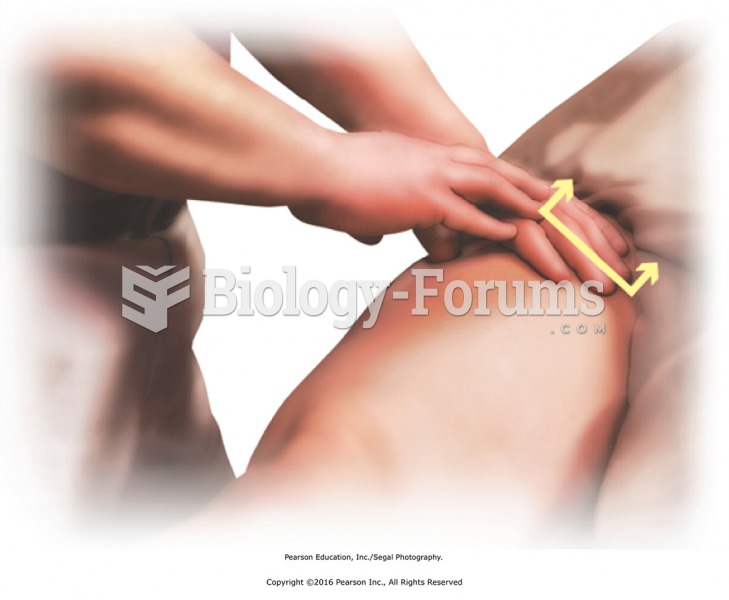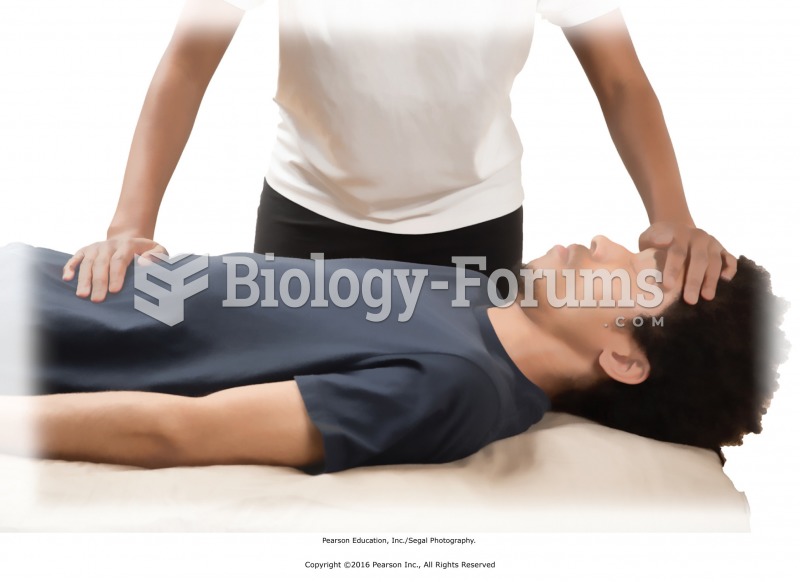|
|
|
The longest a person has survived after a heart transplant is 24 years.
Your skin wrinkles if you stay in the bathtub a long time because the outermost layer of skin (which consists of dead keratin) swells when it absorbs water. It is tightly attached to the skin below it, so it compensates for the increased area by wrinkling. This happens to the hands and feet because they have the thickest layer of dead keratin cells.
HIV testing reach is still limited. An estimated 40% of people with HIV (more than 14 million) remain undiagnosed and do not know their infection status.
The people with the highest levels of LDL are Mexican American males and non-Hispanic black females.
The largest baby ever born weighed more than 23 pounds but died just 11 hours after his birth in 1879. The largest surviving baby was born in October 2009 in Sumatra, Indonesia, and weighed an astounding 19.2 pounds at birth.
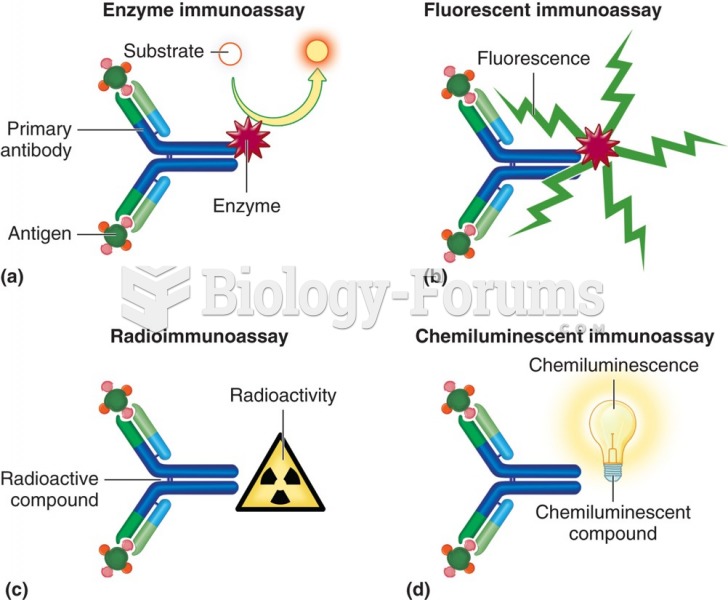 Direct immunoassays. A labeled antibody binds directly to the antigen. The label on the antibody can ...
Direct immunoassays. A labeled antibody binds directly to the antigen. The label on the antibody can ...
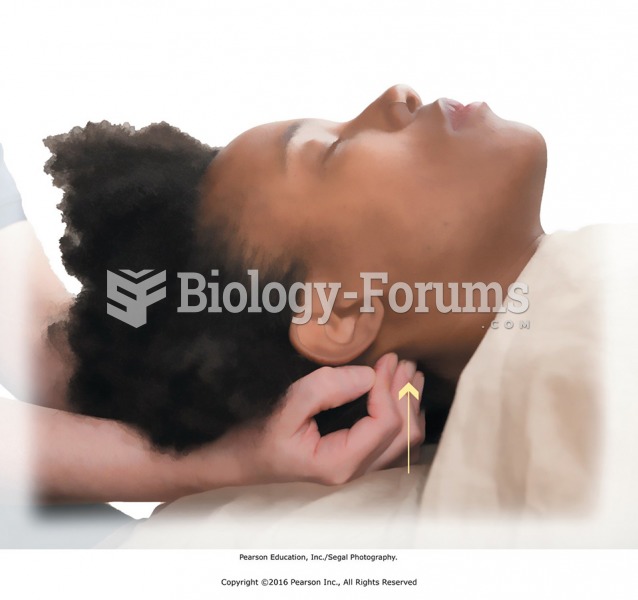 Direct pressure to suboccipital muscles. Fingers press up into the cervical muscle attachments along ...
Direct pressure to suboccipital muscles. Fingers press up into the cervical muscle attachments along ...
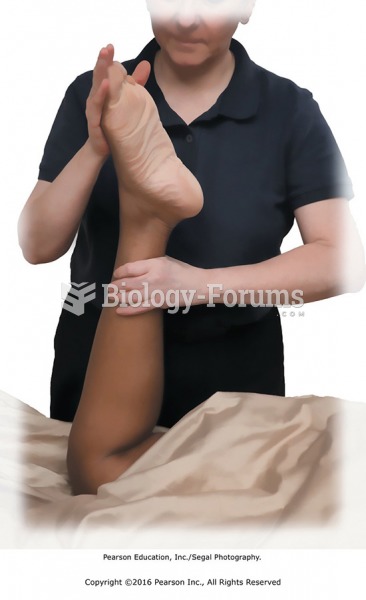 Stretching the flexors of the foot in plantarflexion, recipient prone. Lower leg perpendicular to ...
Stretching the flexors of the foot in plantarflexion, recipient prone. Lower leg perpendicular to ...


